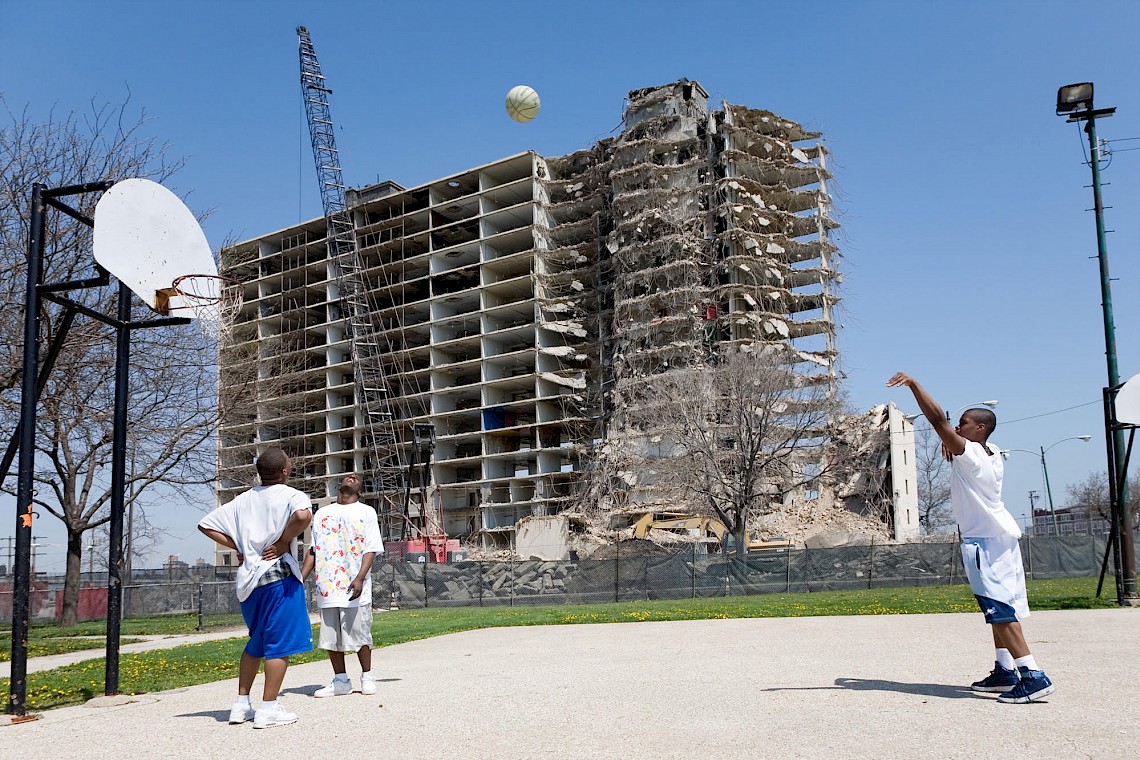In the aughts, it was possible to observe the past and future of United States’ public housing policy on the same Chicago block. After decades of lawsuits, divestment, and even a federal takeover, the portfolio of properties owned and operated by the Chicago Housing Authority (CHA) was being fundamentally transformed in the nation’s largest public housing rehabilitation, demolition, and reconstruction project.
Backed by more than a billion federal HOPE VI dollars, the authority launched the “Plan for Transformation” in 2000 to “renew the physical structure of CHA properties,” “promote self-sufficiency for public housing residents," and "reform administration of the CHA.”
In the process, the CHA ceded most of its long-standing role as comprehensive manager of the public housing system to a network of private management companies. The dramatic privatization of the nation’s third-largest public housing agency was, perhaps, best expressed through the demolition of most of the CHA's high-rise buildings and large-scale projects and the construction of mixed-income developments in their stead.
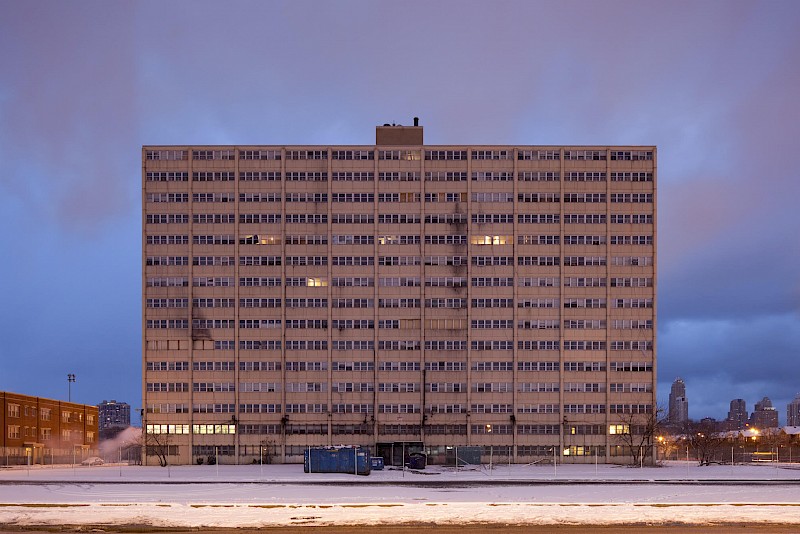
I have been photographing the transformation since I arrived in Chicago’s South Side in 2002. When I started this series, many of the South Side public housing projects like Robert Taylor Homes, the largest of the public housing projects anchoring State Street, were shadows of what they once were. I spent time in and around South Side developments like Stateway Gardens, Ida B. Wells Homes, and Randolph Tower, but the photographs selected here are from pockets of the North Side’s Cabrini-Green development that still felt like a community until nearly the end.
At the Chicago Architectural Biennial this fall, I will be exhibiting a selection of photographs from this ongoing work following the rehabilitation, demolition, reconstruction, and reoccupation of these public housing projects.
As a photographer and sociologist, I emphasize the built environment as a key factor – but also as a symbol – of the transformation of residents’ lives. I hope that focusing on this earlier period of fundamental physical changes makes the intensity of the conversion clear. Moreover, I selected the images in this set in order to not only show the main narrative of the movement to mixed-income developments, but to show the complexity of the changes. After all, seventeen years after the launch of the “Plan for Transformation,” the CHA is transforming the plan itself, increasing the services it provides while still continuing to work on the goal of moving public housing residents into mixed-income communities. At present, of the 16,846 households included in the Plan for Transformation, only 7.81% live in them. Instead, there is an array of housing situations for most of the former public housing residents.
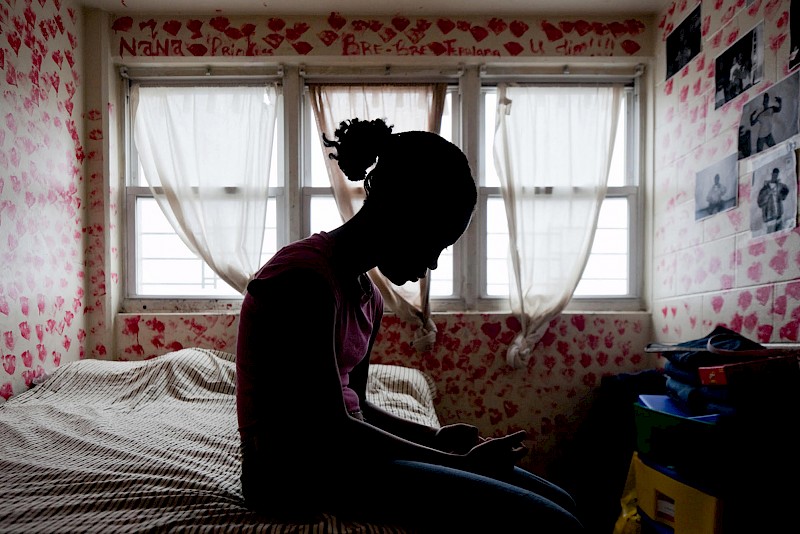
With this in mind, the two interior photographs in this series are of a family who moved from a Cabrini-Green high-rise to Wentworth Gardens, a rehabilitated low-rise development just a baseball throw away from the White Sox play. There, they became part of the 16% of Plan for Transportation households who remained in traditional public housing.
The final photograph in this set is from Loomis Courts, a pair of mid-rise buildings constructed as part of the ABLA cluster of public housing projects. The buildings are no longer fully owned or operated by the CHA, but participate in a Section 8 program. Loomis Courts residents benefit from building-based subsidies that allow them to pay below market rates for market-rate housing, the government making up the difference. Approximately 21% of the Plan for Transformation households are in similar situations.
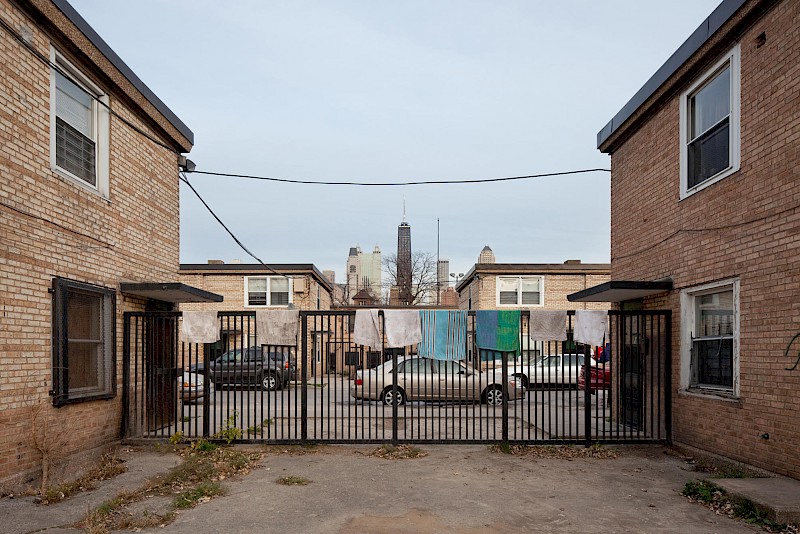
With so many approaches to providing subsidized housing, there is still much complicated work ahead, from meeting the remaining obligations of the Plan for Transformation to finding new ways to provide affordable housing for Chicago residents. It is clear that the CHA has overhauled its facilities and organization, as well as provided improved living conditions for thousands of Chicago families; however, there are 120,000 families on the waiting list for public housing in the city, and more than 40% of former public housing residents have either been evicted or live in non-subsidized housing. And, of course, despite these huge numbers, these families are just one element of what may be an affordable housing crisis for those unable to bear the expense of living in many of Chicago’s rapidly changing neighborhoods. Addressing these issues will be a critical task not only for the CHA but for housing policy in Chicago and throughout the United States.
What other demolished Chicago buildings do you know? Explore more and add your own examples to the Chicago Architecture Biennial's Are.na channel below:
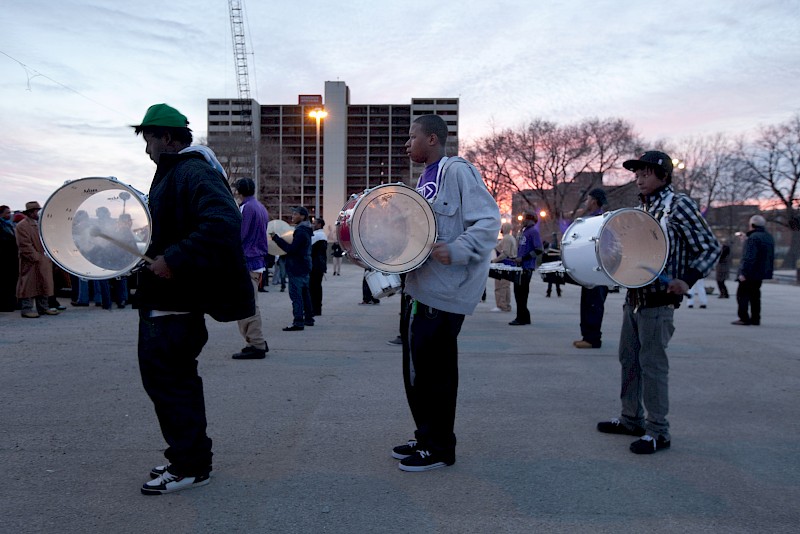
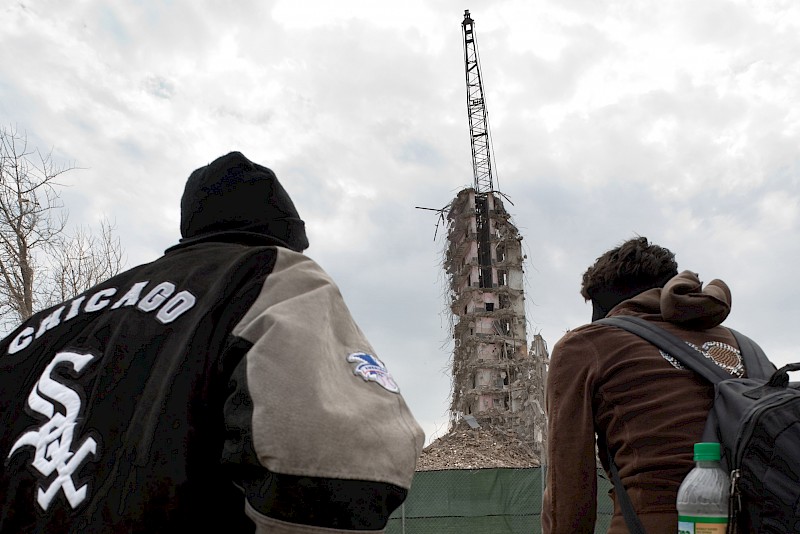
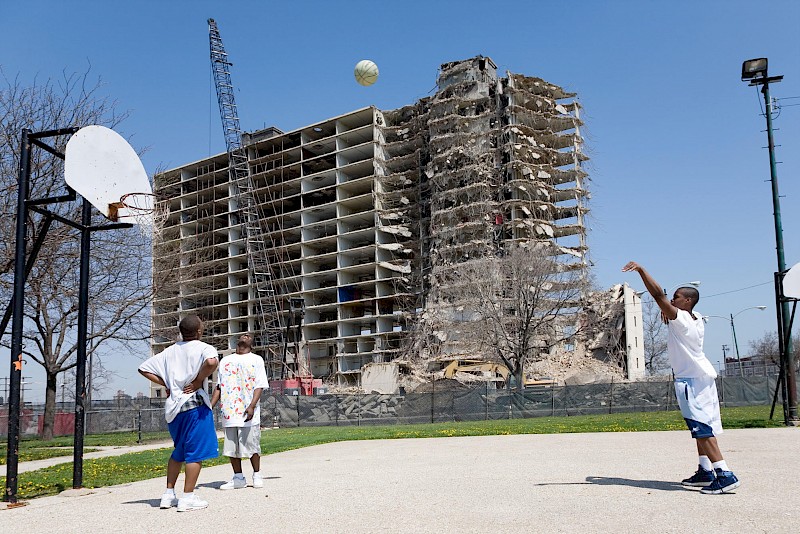
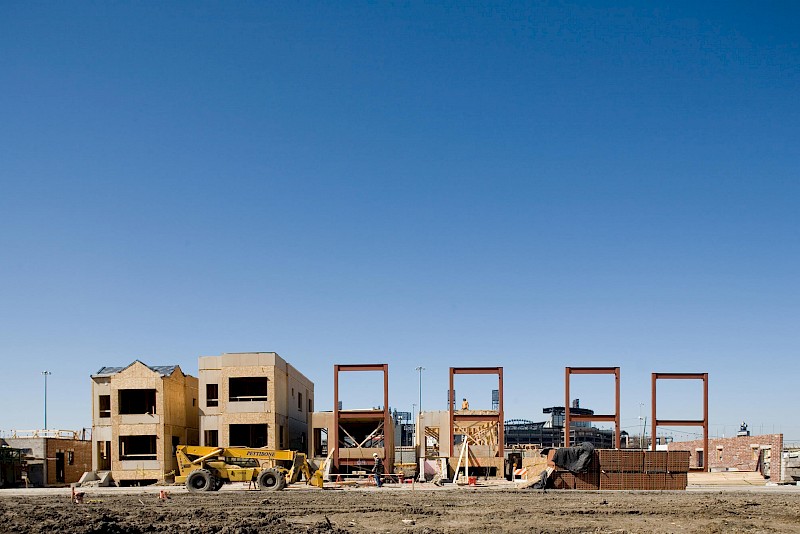
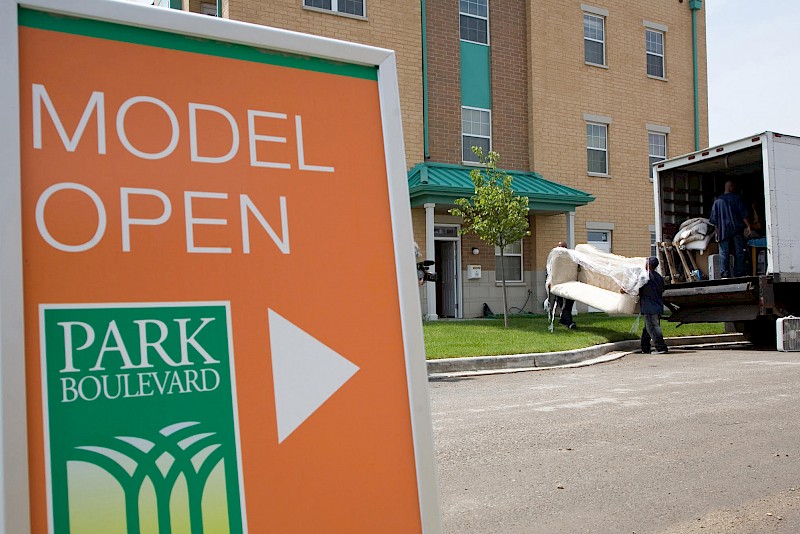
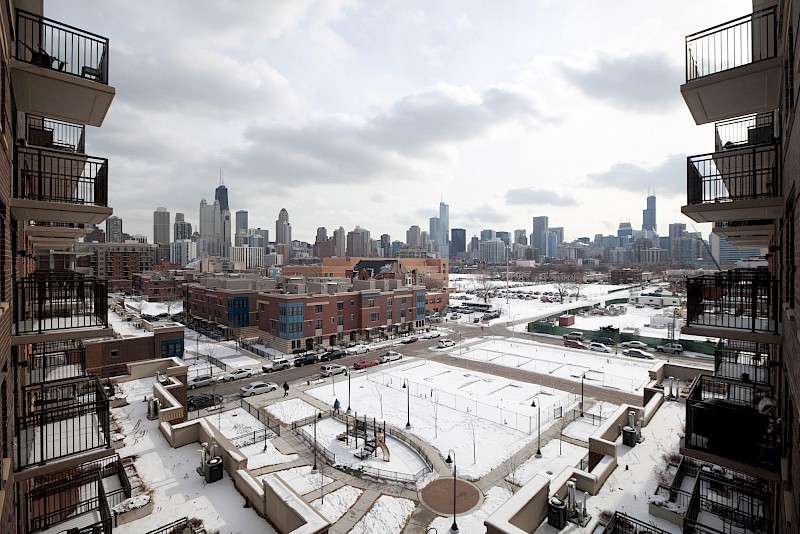

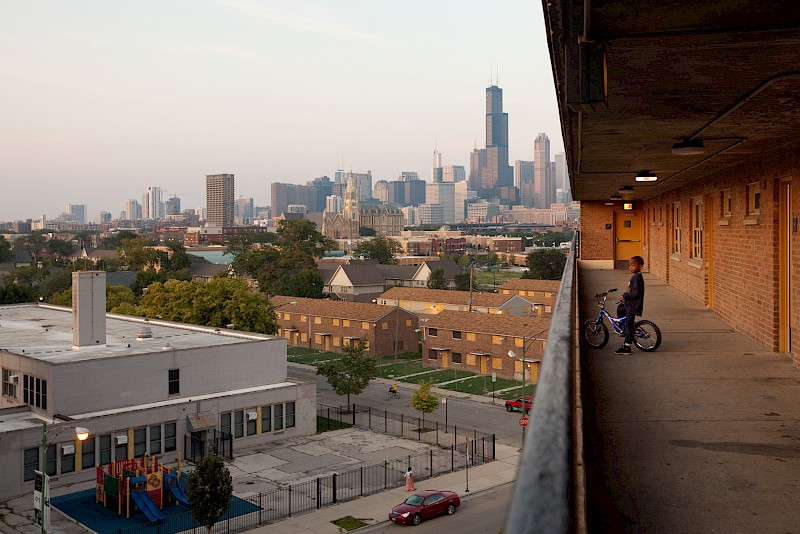
David Schalliol is an assistant professor of sociology at St. Olaf College who specializes in visual sociology. His work has appeared in such publications as Artforum, Places, The New York Times, and Social Science Research, as well as in numerous exhibitions, including the inaugural Belfast, Northern Ireland Photo Festival and the Museum of Contemporary Photography's Midwest Photographers Project.
The 2017 Chicago Architecture Biennial blog is edited in partnership with Consortia, a creative office developing new frameworks for communication. This article also features embedded content from Are.na, an online platform for connecting ideas and building knowledge.



